In Norway’s winter wonderland, expect ice, snow, salmon and … Arctic dolphins
This journey is at once surreal and thrilling. There is no other place in the world quite like it.
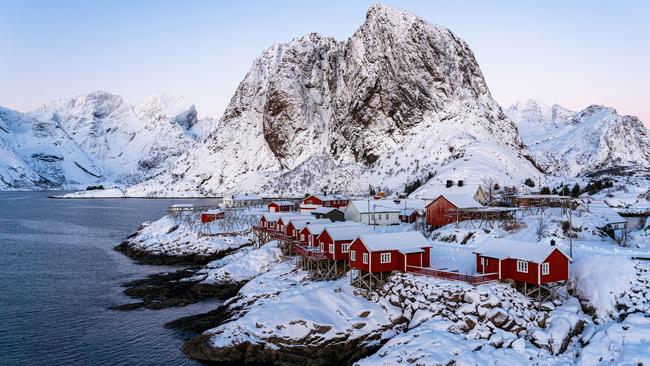
Sometime before seven in the morning, a sliver of light through the curtains onto my pillow interrupts an otherworldly sleep. For a few moments, blinking, I try to remember where we are. It is quiet and there’s the sense of moving gently. Apart from the hum of the engine of the ship on which I’ve been sleeping, there’s silence, not a thing to interrupt the serenity. There’s nothing for it but to rise and see what’s going on outside.
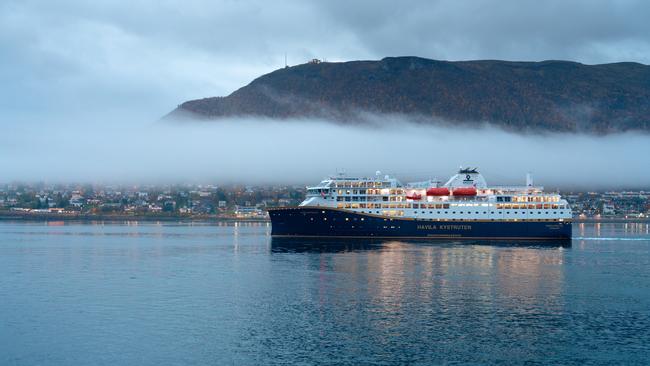
Yesterday, on a grey and wet day in the northwestern Norwegian city of Trondheim, we boarded the Havila Pollux on its northbound journey to the border Norway shares (rather shakily in this day and age) with Russia. We had flown in from Oslo, where the April weather was soft, full of spring light the colour of butter, into the sort of gloom that makes you wonder for the sanity of the people who choose to live here. Trudging through sleety streets in the Nordic spring takes a certain mad resolve. It was a relief to find the dock and board this 640-passenger ship to get the trip north underway.
The first afternoon aboard was uneventful, the vessel sliding along a coastline dotted with scenic Scandinavian houses in their jaunty colours of russet, canary, white; a lot of verdant shoreline; some eerie, isolated lighthouses. Dinner was served early; the sleep was easy.
But rising into the silence this morning is disconcerting. It feels almost as though time has moved into a different dimension, that there’s nobody out there. Dressing quickly, I head out into the vessel, looking for signs of life. There are few passengers yet up. I climb the central staircase several flights to reach the top-floor observation deck, trying to get a big-picture view of where we are. As I reach the top, the landscape looms through the huge plate-glass windows and awe descends.
Some time during the night it seems we entered the land of ice and snow. Stretching out for boundless kilometres are deep blue seas split by ice-capped mountains, arctic snowscapes, ivory coastlines, tiny islands adrift far from anything, and frigid clouds that float light and high above us.
And as I step from the warmth of the ship into the crystalline air of the snow-covered deck, my shoes crunching on the thick powder, tiny snowflakes begin fluttering from the sky, glistening ethereally in the light.
Beautiful? Unbelievably so. Weird? Sort of. In the whole of the world there’s surely no place quite like this. And we haven’t even reached the Arctic Circle yet.
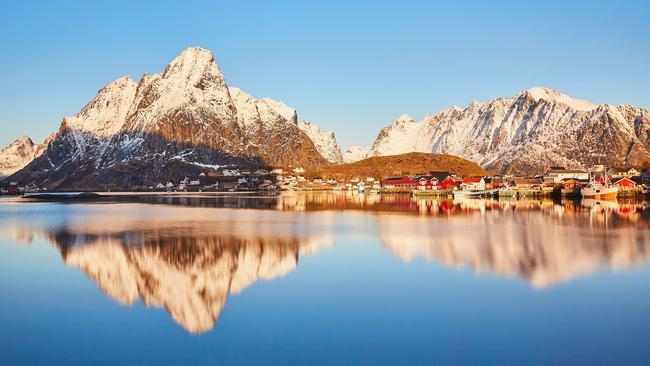
The thing that you don’t realise about Norway until you’re sailing along it in a cruise ship is that it’s mostly coastline. Take a look at the map. Much of Norway looks like a thin finger of land wedged in between Sweden and the Norwegian Sea. Who knows how exactly, but in the division of sea and land between Norway, Sweden and Finland, the Norwegians wound up with the tract of coast that sits not only at the very west of the Nordic peninsula, but at the top too. Sail around the northernmost coast of this vast land and you have literally reached the end of the world. The only place more northern is Greenland. Somewhere out there is the North Pole.
Havila Voyages is a Norwegian cruise line that serves the unusual dual purpose of being a luxury cruise liner and a ferry service that transports people and freight from town to town and city to city along Norway’s busy coastal circuit. The 2500 nautical mile route traverses from Bergen in the southwest to Kirkenes in the northeast, a 12-day round trip. For those interested in segments of the journey, travellers can – as we do – join parts of the route, in our case, beginning in Trondheim and getting off three days later in the scenic far-northern city of Tromsø. Of all the ways to see the majestic scenery of the north, surely this is it.
On this first morning waking up to snow-capped vistas, I spend some time outdoors absorbed in the majesty of the landscape before the wind starts to cut into my skin and my shoes are covered with snow. Inside the views are just as good – and there’s coffee too (as an aside: the Norwegians are the second-biggest drinkers of coffee in the world, after Americans. Expect a pot of strong filter coffee that your server is always pleased to refill.)
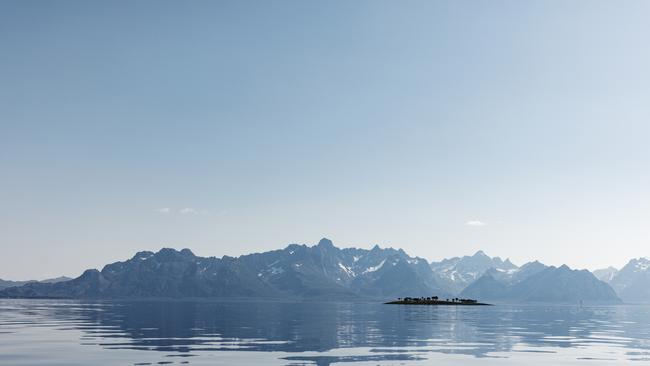
The day passes in an endless parade of crystal vistas, snowy mountains and then more snowy mountains. As we glide past villages and towns, some tiny and some large, it begins to dawn upon us how many people live and work in this icy place.
Almost the entirety of the coastline is populated, in some spots by largish destinations like beautiful Bodø, a frozen city of 42,000, where we pull in for an afternoon to take a rubber ducky onto a majestic fjord which has the world’s fastest-moving current, so quick-moving that it forms whirlpools in places.
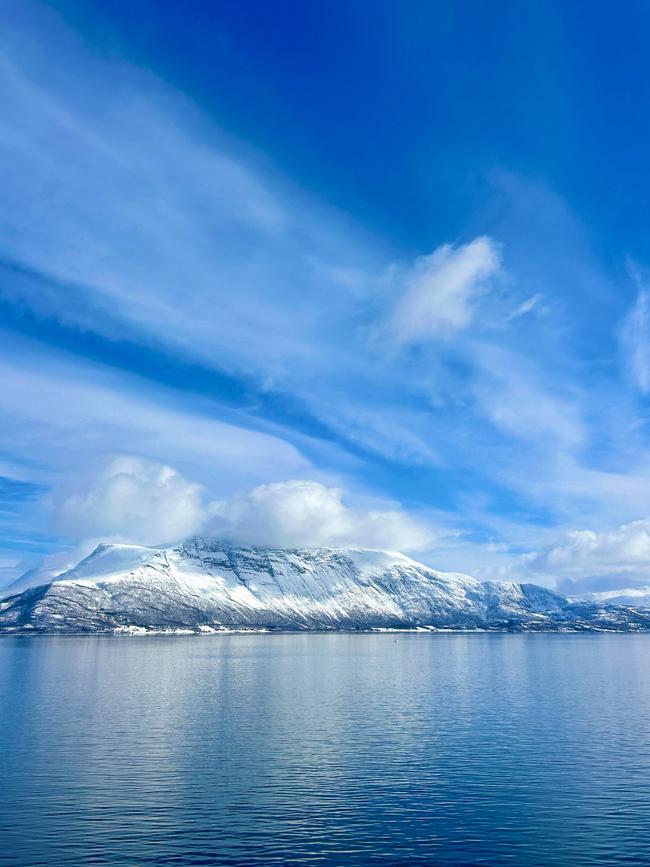
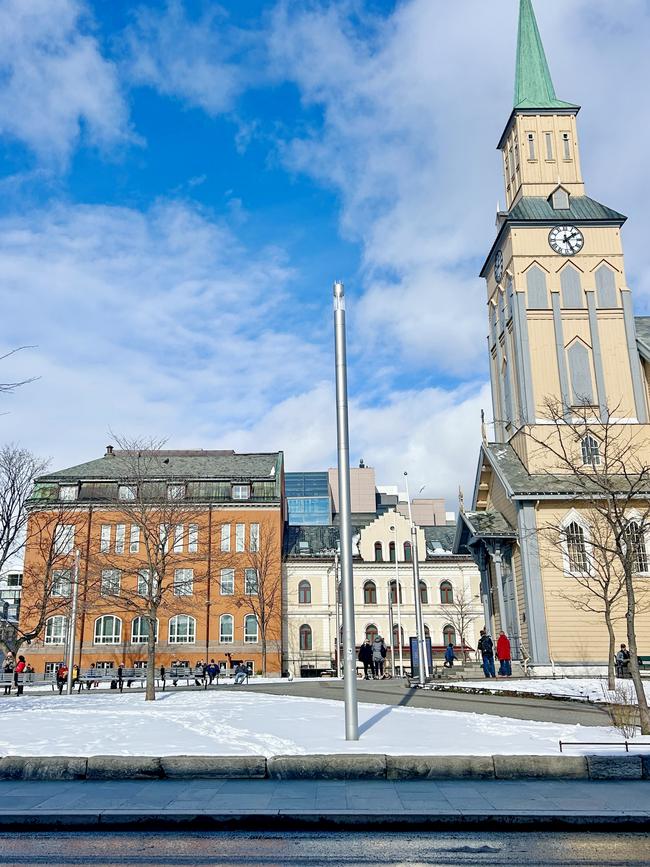
By now we have cruised past the imaginary line that denotes entering the Arctic Circle (66 degrees north) and back onboard the Pollux we soon idle past the remote Lofoten Islands, an archipelago of pinnacles that look like they have been tossed from the hands of giants. Dusted with snow and gleaming in the sunset, the islands slip past as we eat a dinner of Norwegian seafood, glasses of champagne in hand. It’s a spectral experience, made more exciting by the appearance beside the vessel of some playful Arctic dolphins, their tubby black-and-white bodies leaping through waters protected from ice floes by the Gulf Stream.
Our journey continues to Tromsø (69 degrees north), a fairytale location of 40,000 hardy souls that’s the largest non-Russian city in the Arctic Circle. Inhabited since the last ice age, there are artefacts from buildings here that date back 10,000 years. How people lived there then, or now, is wild to contemplate.
It is enough to visit. This is the once-in-a-lifetime stuff of dreams, at once surreal and thrilling. As we depart the ship, sunshine fills the sky. And yet at the same time a sudden snow shower drifts over us, sprinkling snowflakes onto our eyelashes. We feel a very long way from home.
Checklist
Getting there: Passengers can alight on a Havila Voyages ship anywhere along the coastline, from cities to small towns. Most board at one of the bigger ports, including historic Bergen, otherwise, Alesund, Trondheim or Tromsø. As the routes are used not only for tourism but also to carry freight and goods, the ships call into port with the regularity of ferries. Some of the more popular routes include Bergen to Trondheim, Trondheim to Tromsø and Tromsø to Kirkenes. You can take a return voyage or fly one way and sail the other. Be careful when selecting the voyage because some of the port stops occur in the dead of the night. You would not want to be stranded in some of these frozen, snowy destinations at three in the morning unless you have someone collecting you in a warm car.
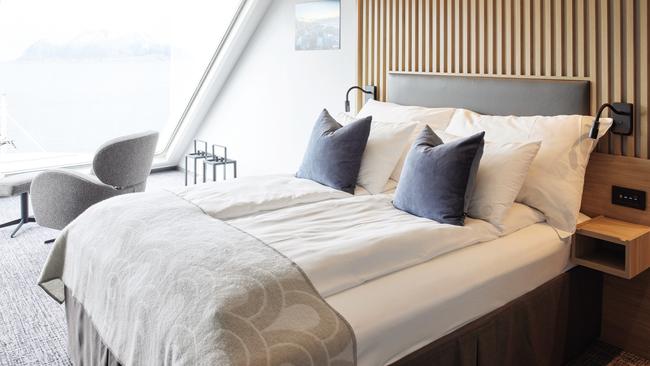
Stay: The ship is quietly luxurious without any tacky glitz. The cabins are comfortable and decorated in Scandi colours of blondewood and navy. Our cabin has a compact bathroom and window view at sea level. Cruises cost from E120 ($208) for a two-day voyage from Trondheim to Bergen in the off-season. A two-night Trondheim to Tromsø cruise is from E350 ($608), or E528 ($918) for a sea view cabin in high season. Three daily meals are included. havilavoyages.com
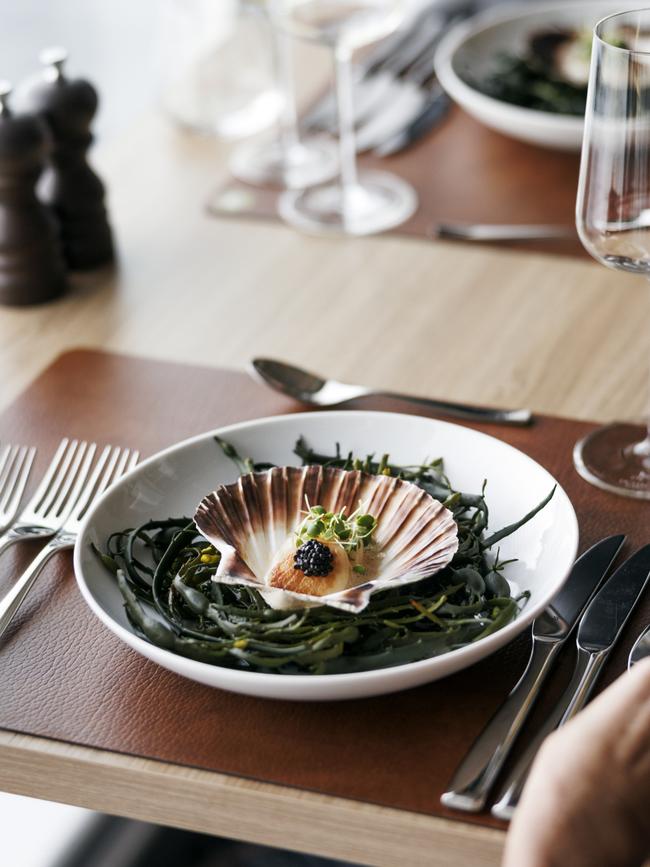
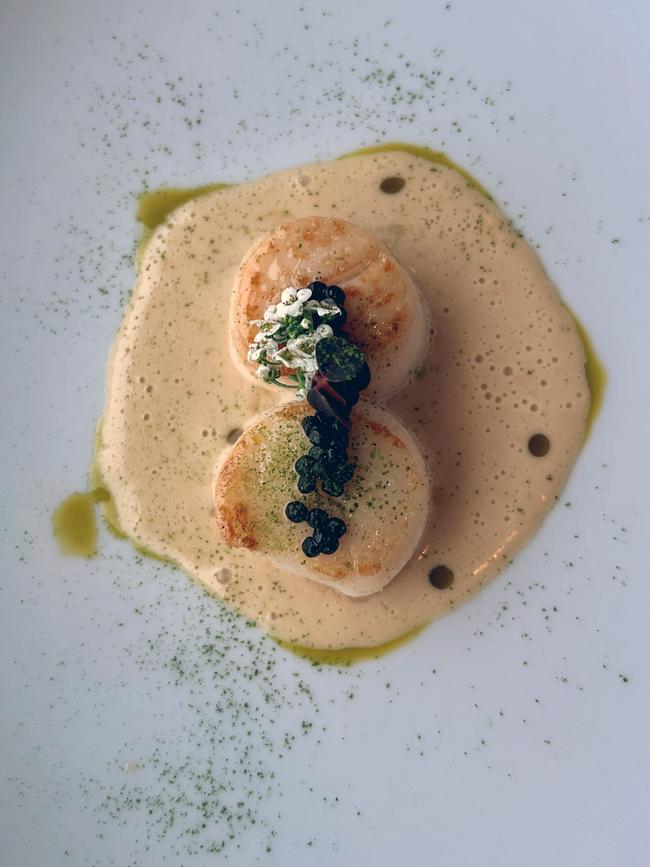
Eat: Norway is not renowned as one of the world’s most exciting culinary destinations, but the food does have its strengths. About half the world’s salmon is produced in Norway, including in some salmon farms we see during our excursion to Bodø’s Saltfjorden. So, eat as much as salmon as you can, right from the source. The dining philosophy on board the ship is about minimum waste and sustainable production. There is the somewhat unusual practice of serving diners four small portions per meal, plus bread, from a menu that changes every couple of days. We find the food plentiful, not exactly loads of options but sufficient. Dishes include poached salmon, mussels in a tomato sauce, fried potatoes, clam soup, fish soup and eggplant parmigiana. Breakfast, lunch and dinner are served in the same place; breakfast is a buffet. A nice alternative dining experience can be had in the ship’s fine diner, Hildring ($60 additional).
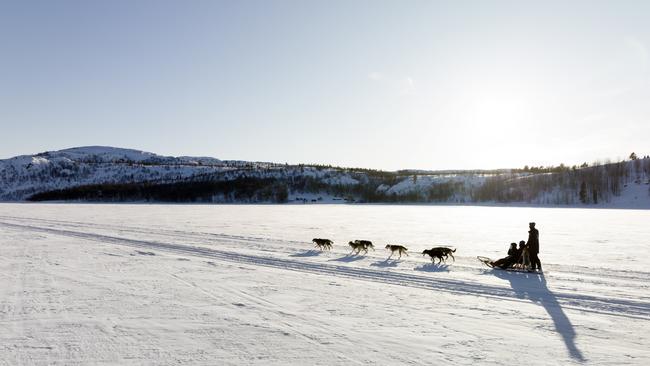
Do: At the major ports, Havila offers excursions for guests that can give insights into local life and a chance to get off the ship. Our rib expedition in Bodø is fantastic and includes a full kit to keep out the cold. Other excursions include walks, hikes, horse riding, dogsledding and a stay at the Ice Hotel in Kirkenes. Excursions are extra and cost from $79.


To join the conversation, please log in. Don't have an account? Register
Join the conversation, you are commenting as Logout